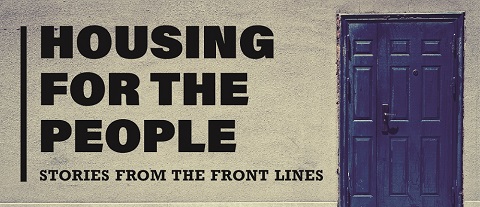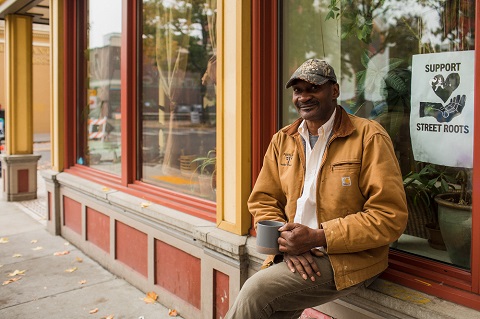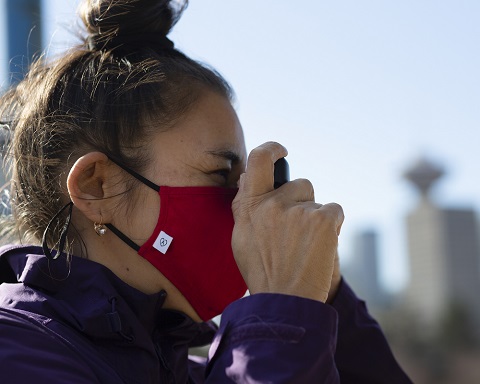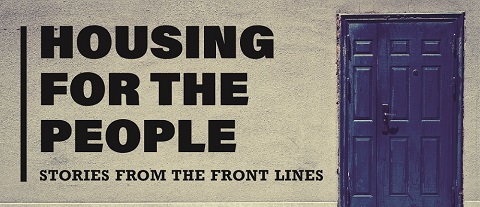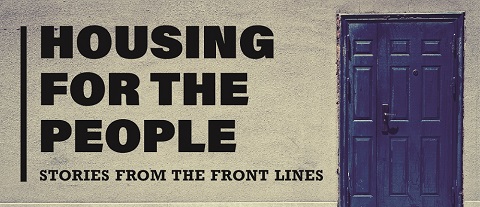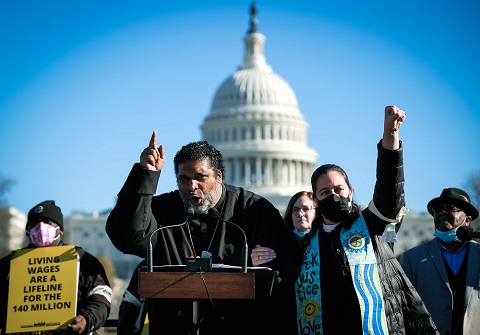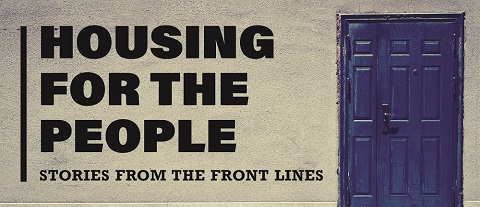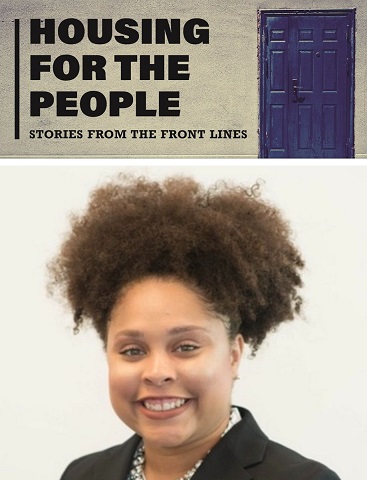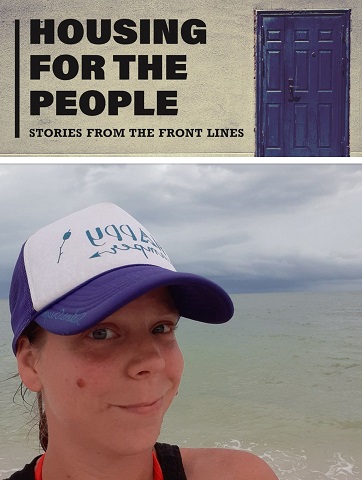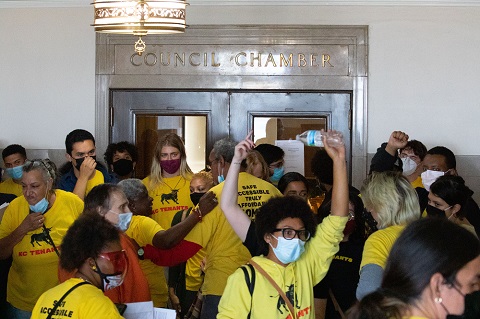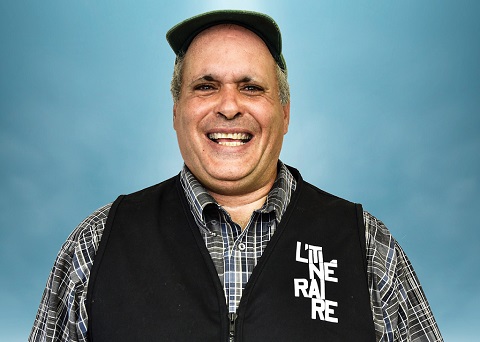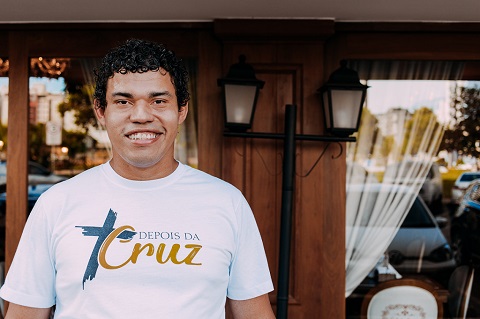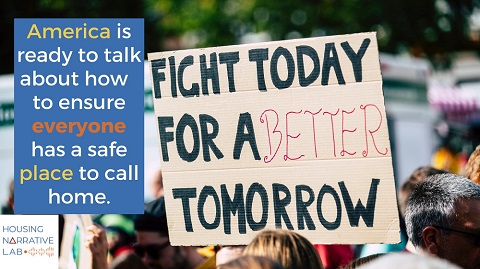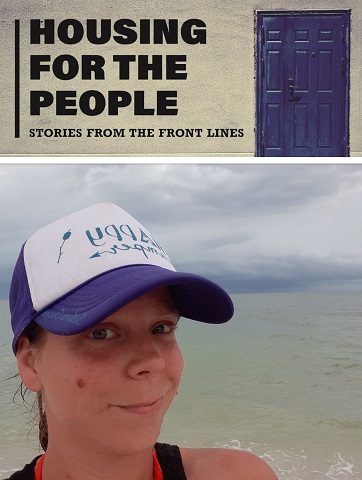By Amanda Faith Zuehlke, founder of Toledo Streets
An Answer with a Lot of Questions
It all started with a question. “What can be done to help people get out of homelessness?” This question, finally, a couple years after experiencing homelessness myself because of a house fire in early 2006, and after helping with two Tent City events and a year of volunteering with Food For Thought.
This question, this “What can be done?” led to a few late nights researching homelessness, learning about coalitions and housing first and a wide variety of programs. At some point, the internet led me to articles on street newspapers. I was intrigued, and shared what I found with a few friends. That was September 2008. By the following September, we were getting ready to launch the first edition of Toledo Streets. The “what can be done” question had become “what can I do” and somehow, I was preparing to trade in brown paper bags for newspaper.
If I had known then what I know now…
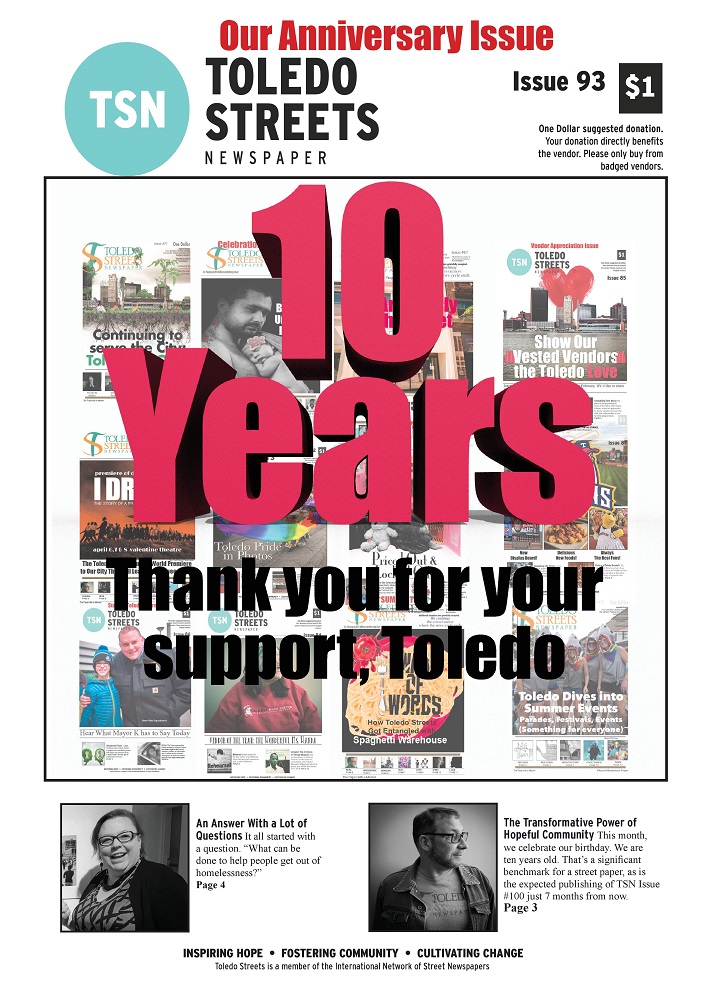
Here’s an excerpt from Street Paper Diaries, a blog I started in 2009 to chronicle the start of Toledo Streets, from Friday, 31 July 2009:
“The more I soak up, however, the more inadequate I feel to lead the charge for this paper. I know I can “do” the paper – it’s this foundational stuff, this strategic planning, budgeting, donation-seeking, people-managing, networking stuff, that has me gasping. Vision and mission? No problem – I’ve loads of ideas and goals. Producing the paper? No problem. It’s all the stuff in between. My God, what have I gotten myself into?
But, my God, I have never felt so useful before.”
A question of viability
One of the characteristics that makes Toledo Streets unique among most street papers is Toledo itself. It’s size of roughly 250,000 people hardly makes it a major metropolitan area, and the vast majority – if not all – of the world’s street newspapers are in much larger cities. From the first, there was always the question of whether or not Toledo could support a street paper. Do the numbers work out? Was this idea sustainable?
From its inception till now, Toledo Streets has followed a pretty rote model for street papers: Vendors (established; new ones receive their first 10 papers free) purchase the paper for 25¢ each and sell the paper for $1, making 75¢ profit. Would people see the value of a small, unknown paper that provided alternative content?
New vendors also receive a waiver from the current Mayor of Toledo that allows them to sell on public property. This was also an important question before the paper launched, as Toledo has a law on the books regarding selling on the streets. This waiver allows our vendors to sell without an expensive (read: impossible to obtain) license and without them being considered panhandlers. It’s a transformational distinction, and we have been continually blessed to have mayors who recognize how Toledo Streets benefits all citizens.
Excerpt from Street Paper Diaries, Wednesday, 8 July 2009:
“Laying the groundwork for Toledo Streets is starting to move along and, like any project, is already encountering some barriers. Namely, will the laws (and those who enforce them) of Toledo prohibit our city’s marginalized to make an honest buck. If so, Toledo would be the first city in Ohio (Cleveland, Columbus, and Cincinnati each have their own street papers) and, as I understand it, in our nation to block the freedom of speech of its most impoverished citizens. That would be a shame.
However, the start-up process is as yet in its early stages and there’s no reason to assume that leadership in Toledo would be, well, without reason when the time comes to put things into motion. As I stated in a recent email to someone who may be able to help me study the feasibility of Toledo Streets, it’s one thing if Toledo won’t support (e.g., prohibitive laws) a street paper; it’s another entirely if it can’t (e.g., lack of foot traffic).”
I was in Denver at the now-defunct North American Street Newspaper Association (NASNA) conference the summer before the paper’s launch when Ken Leslie told me, via a phone call, that he and his wife Norma would underwrite the paper’s beginning to the tune of $1K, a gift that proved to keep on giving well past that as the paper limped along over the fall, winter and spring. Those first few months saw much more going into the paper – money, yes; also much labor – with unknown results. It cost more to print the paper than we received in reinvestment from returning vendors. How long could this go on?
A question of ego
A paper that publishes without any measurable return on investment is a vanity publication, or so I was told. I also heard, partly in jest, that the paper was started so I could see my name in print. These comments cut straight into my fearful question: Just who was this paper for? Was anyone benefiting? I confess it’s still a fear that haunts me, 10 years later. Has this endeavor really made a difference? Was my answer to what I could do enough; was it worth the investment of others?
I’ll tell you that Toledo Streets was a real eye-opener for me in regards to my controlling nature. It was hard to hear all the “shoulds” of well-meaning folks in the early years, offering advice to make the paper and program better. I struggled with listening to these ideas while clinging desperately to what I thought of as a “pure” street paper even as we worked to keep afloat financially and productively. Part of the issue was capacity – learning to swim while drowning is difficult at best – and part was ego. How can someone who doesn’t do this know better than I how to run a street paper? Never mind that I’d never done anything like this before. Despite the fact that from the beginning I said I knew there were others out there who could do it better than I and I would make room for them when they showed up, really, it took me getting married and moving away from Toledo in 2013 to start to hand over control. Then it would be mid-2016 before I truly could walk away.
![Amanda Faith Zuehlke, founder of Toledo Streets, with the street paper's current director John Keegan. [Photo courtesy of Toledo Streets]](https://hub.insp.ngo/wp-content/uploads/2019/10/TOL_10th-anniversary_1.jpg)
A question of questions
“What can be done…” is a surface-level question. Back in 2008, I didn’t know how to ask better questions. Regardless of my own brief stint of homelessness, I didn’t understand the issue. I think now, 10 years after this paper launched, I know a bit more, but am yet certainly far from real understanding. But surface-level questions, while aiming for a quick-fix (you get what you ask for), are still a start.
Fortunately, other folks have come along during the paper’s history and asked better questions: How can this be done to give more dignity to the folks we’re trying to help? What can we do as a community to make this program stronger? What other possibilities are out there to give vendors more opportunities?
Knowing what I know now, there’s a lot I would change. A lot of if-onlys. So many mistakes and regrets. I think the paper did more for my growth than I ever did for it, but c’est la vie. I’m asking again, a decade after Toledo Streets started, “What can I do?” My heart is pulled in a slightly different direction, and I doubt I’ll ever try to start a project like it again, but I have the gift of this experience. I have the gift of uncertainty, and the ability to move past ego and question my answers.
But I do know this: There are answers to the question of how people can get out of homelessness, and they are you and I. However, we choose to act at whatever scale, there is no such thing as a small change.
Thank you, Toledo Streets, for the last 10 years. I am forever grateful I got to share some of that time with you.





